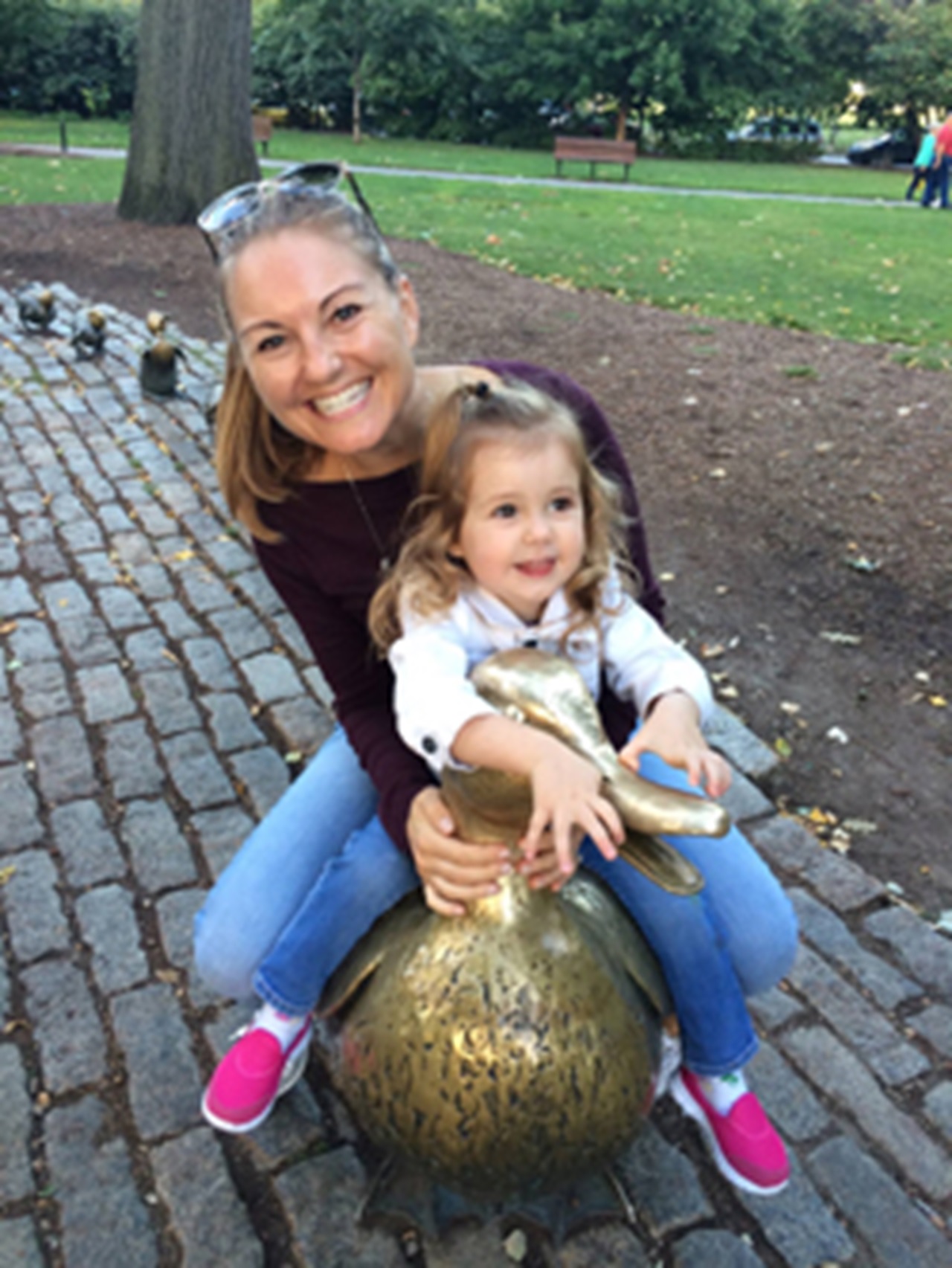By Dr. Brittany Seymour
Assistant Professor, Harvard School of Dental Medicine
It was my first year out of dental school, and I was treating a two-and-a-half-year-old girl who grew up in a community without fluoride in the water. Her four front teeth were so badly decayed, painful and infected that I had to remove them completely. For a tiny toddler, the lights and sounds of the dental chair can feel terrifying. Although she was scared and crying, she held perfectly still while I treated her. I was so proud of her.
After the procedure, we were standing in the hallway with her mom and I was explaining how to care for her at home while she was healing from her dental infection. The little girl was calm now, positioned on her mother’s hip and watched me as I talked. Suddenly, in the middle of my sentence, this tiny girl reached out, threw her arms around my neck and hugged me. Her mother and I both gasped in surprise. The little girl didn’t say anything at all, just hugged me for the longest time. I knew instantly why, and I hugged her right back. She was finally free from her pain.
That was 11 years ago. I will never forget her or the pain my tiniest patient had been living with for so long because of cavities. Now, as the mom of a young daughter myself, this story has taken on new personal meaning. Our children deserve the healthiest start to their lives, and a healthy smile is one of the best gifts we can give them.
Treating cavities is important, but preventing cavities is best. That’s where fluoride comes in. Millions of children in the United States and around the world have been spared thanks to fluoride in tap water, toothpaste and routine dental checkups starting no later than a child’s first birthday.
